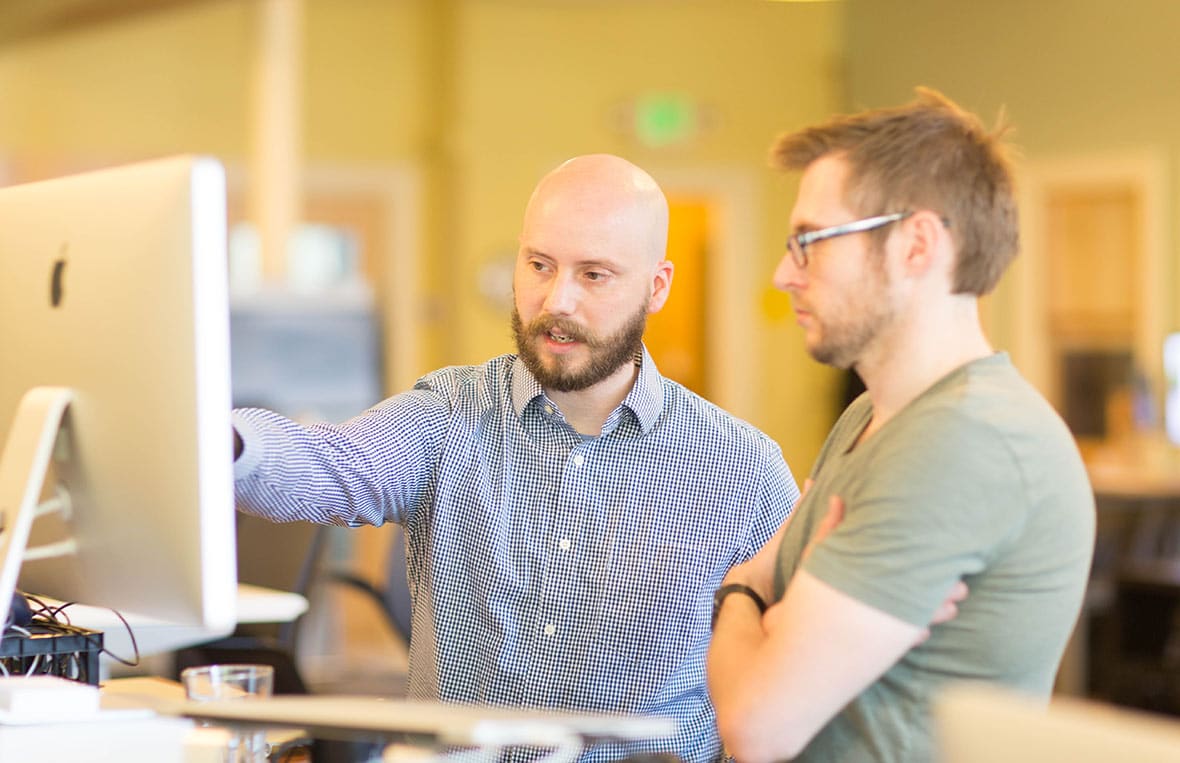Article summary
“Collaboration” sounds dreamy when people say it—as if everything will be great because we worked together on a project. But simply put, collaboration isn’t easy.
This post explores the challenges of collaboration, not in a negative light, but in the spirit of learning from challenging times to make interactions more positive in the future.
Identifying Trouble Spots
There can be a number of reasons for friction in your working relationships with other makers. They might be stubborn, take criticism poorly, or be absent from discussions. Working collaboratively takes effort, and when both parties don’t come prepared, it can take a toll on the work and the relationship.
Another common source of hurdles is trying to unite teams of makers from different organizations. Joining two cultures can be challenging, whether it’s in life or work. Personally, I have seen the greatest challenges when someone takes a very different approach to design than we do. For example, at Atomic, we are huge user advocates. We rely heavily on user-centered design, putting ourselves in the shoes of users and then testing those hypotheses to create the best solution given the constraints. There is another school of thought that says something to the effect of, “I know the industry and our users better, and this is how it should work.” Chafe can occur when these two views meet.
Smoothing the Way
I have been lucky enough to have numerous terrific clients. I have also had a handful of challenging ones. My coworkers talk about these issues on a regular basis, trying to identify the issues and potential solutions to help streamline the process and ensure smoother development in the future.
One of the things we do to limit the risk of culture mismatches when joining forces with a new client is to rely heavily on our sales process to match projects. This is one of our first checks to ensure Atomic is on a path towards a successful project finish line.
Another solid approach is to come at the challenge from a different angle. If you can’t agree, dig deep to find the strongest common ground between you and the person you’re not getting along with. In a couple of impasses with clients, we were able to rebuild our working relationship by doing just that. We could both agree on one thing: that the user was important. From there, we carefully negotiated designs to come out with a plan of action that was agreeable to both sides. It may not have been easy, but we were able to get the work done. And once you find some common ground, you can lay down a more solid foundation to build on in the future.
Knowing When to Say When
If things go nuclear, is it ever OK to pull the rip cord?
I believe it is. If you have exhausted all reasonable efforts to build the relationship or improve the working conditions, it is time to go your separate ways. There are times when partnerships just don’t work out. That is OK. What matters is how you handle it. At Atomic, we are lucky to have leaders who stand by us and offer support as we work toward an exit strategy and an amicable parting of ways with the client.
How does your organization ensure a good fit before an engagement? How have you dealt with challenges like this or even gracefully pulled out of collaborations?

